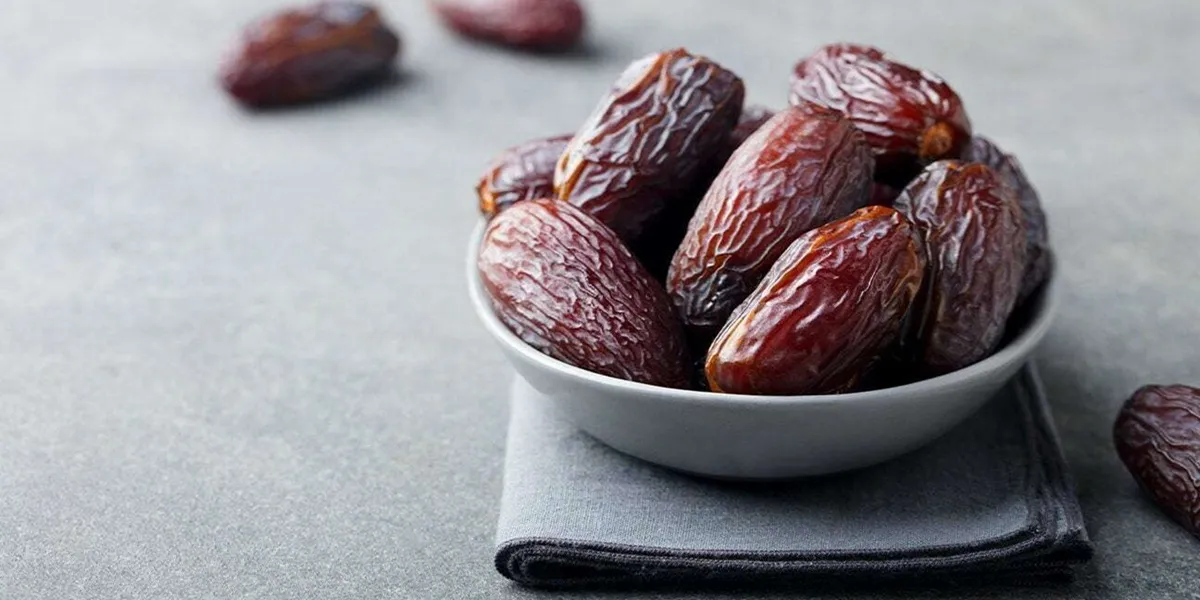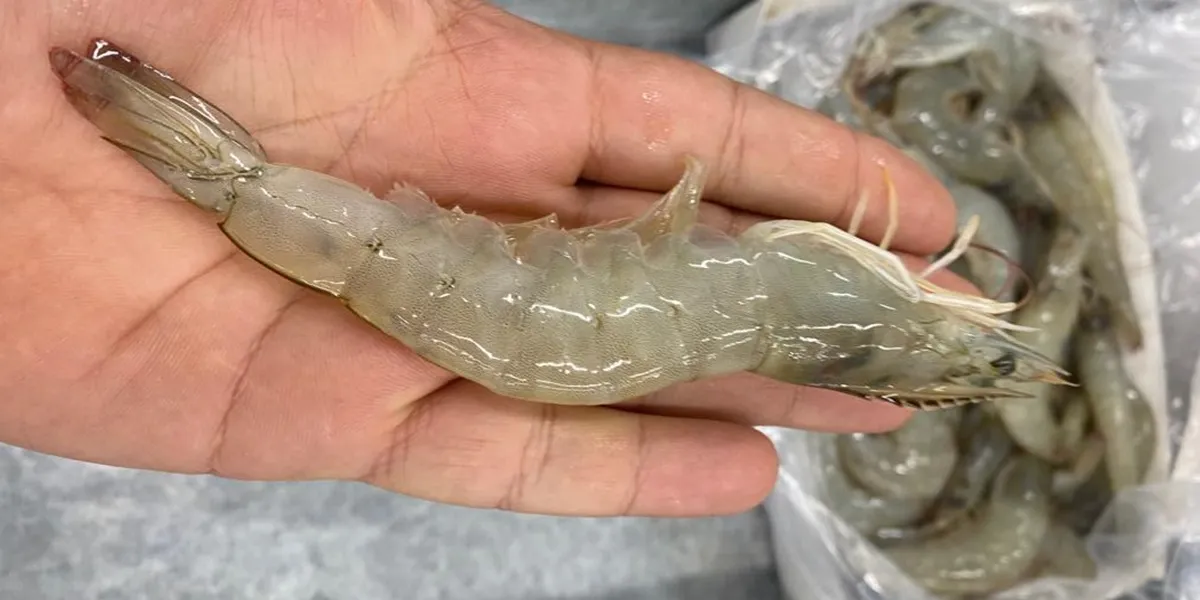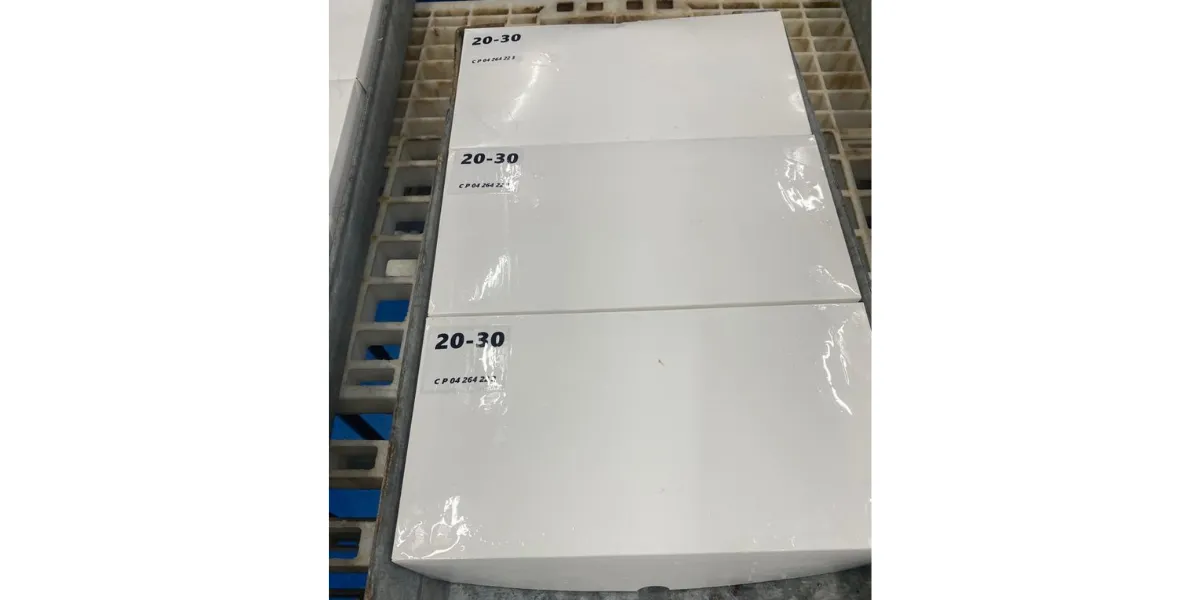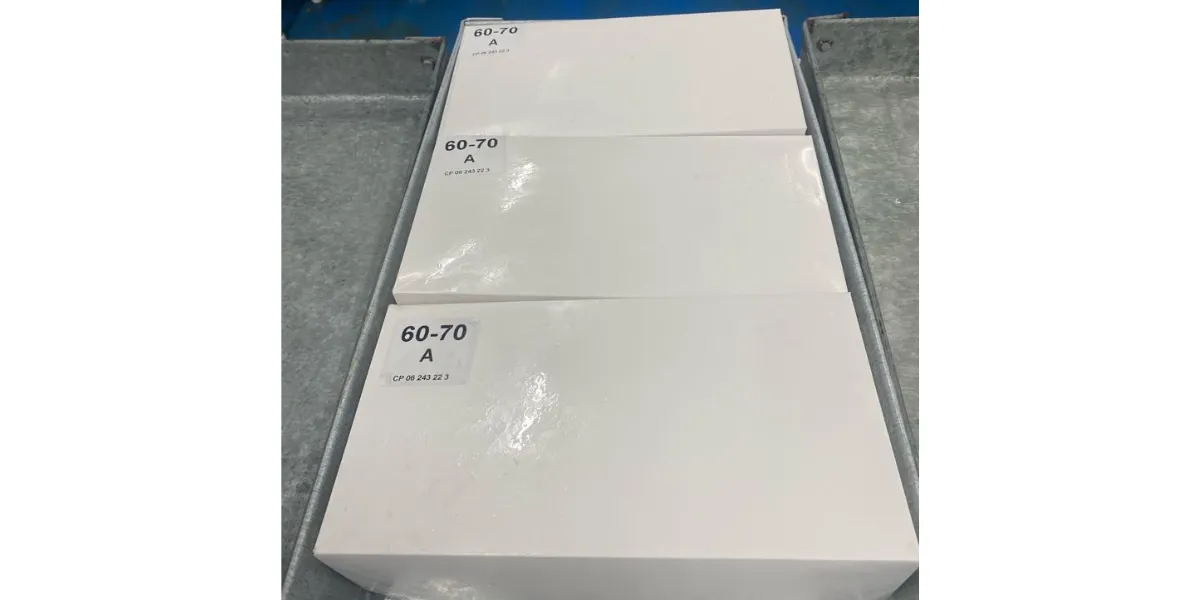Imagine holding a small fruit that carries centuries of tradition, exceptional nutrition, and global trade potential all at once. That fruit is the date. Known for its natural sweetness, rich fiber, and abundance of essential minerals, dates are more than just a cultural staple—they are a powerhouse in the global dried fruit industry. Modern nutrition science highlights their role in supporting digestive health, boosting energy, and providing antioxidants that help fight cellular damage. Beyond their health benefits, dates stand out for their adaptability; they can be enjoyed fresh, dried, or processed into syrups, pastes, and energy snacks, making them an attractive product for export markets worldwide.
When we talk about success in international trade, packaging becomes just as important as the fruit itself. Packaging does not only safeguard freshness but also communicates quality, sustainability, and authenticity to buyers across continents. From innovative biodegradable films that extend shelf life to smart labels that guarantee traceability, packaging is now a strategic tool for building consumer trust and global appeal.
In this article, we will explore how packaging shapes the success of date fruit exports and why it plays a decisive role in buyer perception. Stay with us to uncover practical insights, scientific updates, and real-world strategies that set successful exporters apart.
Packaging as a Strategic Tool in Date Fruit Exports – Beyond Protection to Market Differentiation
In the global trade of Dried Fruits, packaging has evolved far beyond its traditional role of simple protection. Exporters of dates now recognize packaging as a powerful strategic tool that defines brand positioning and influences buyer decisions. Well-designed packaging communicates freshness, authenticity, and quality to international markets. It helps exporters stand out on crowded retail shelves and builds a strong emotional connection with consumers.
Packaging also signals trust. A box or pouch that highlights hygiene standards, certifications, and eco-friendly attributes sends a clear message that the brand prioritizes both product safety and environmental responsibility. For dates, which are often associated with culture and tradition, packaging provides an opportunity to integrate storytelling—connecting heritage with modern consumer expectations.
Furthermore, premium packaging can differentiate between bulk trade and high-value retail segments, unlocking access to luxury markets in Europe, North America, and Asia. By merging aesthetics with function, exporters transform packaging into a silent salesperson that boosts visibility, loyalty, and long-term competitiveness. In essence, packaging in the date fruit industry is not just a cover—it is a strategic asset that shapes perception, enhances global appeal, and drives sustainable export success.
Material Science in Packaging – How Innovations Preserve Freshness and Extend Shelf Life
Advances in material science are redefining how exporters approach packaging for dates. Companies such as pishva holding have demonstrated how scientific innovation in packaging materials can dramatically extend shelf life while preserving freshness, flavor, and nutritional integrity. Modified atmosphere packaging (MAP), high-barrier films, and biodegradable laminates are among the technologies now being adopted in the dried fruit sector.
These innovations are crucial because dates, like many natural products, are sensitive to moisture, oxidation, and microbial contamination. By creating controlled micro-environments, modern packaging minimizes spoilage and maintains optimal texture and taste during long-distance transport. This is particularly important for exporters targeting premium retail markets, where quality consistency defines brand reputation.
Material science also plays a role in sustainability. The industry is moving toward plant-based polymers and recyclable layers, which balance performance with environmental responsibility. In addition, smart packaging innovations—such as time-temperature indicators—give buyers confidence that products have been stored correctly throughout the supply chain.
Ultimately, innovations in packaging materials allow date exporters to meet global food safety requirements, reduce waste, and compete effectively in demanding markets. By aligning science with consumer expectations, exporters elevate packaging from a necessity into a competitive advantage.
Sustainability and Eco-Certifications – Why Buyers Reward Green Packaging
Today’s buyers are increasingly guided by sustainability when making purchasing decisions. For date fruit exporters, eco-friendly packaging has become more than a trend; it is now a market expectation. Packaging materials that are biodegradable, recyclable, or sourced responsibly directly influence buyer trust and loyalty. Certifications such as FSC, ISO 14001, or EU eco-labels signal environmental responsibility and help exporters gain access to markets with strict environmental standards.
Sustainability in packaging also reduces carbon footprints across the supply chain. Lightweight and recyclable solutions lower shipping emissions, while compostable films reduce long-term waste. In regions such as Europe and North America, retailers actively prefer suppliers that can demonstrate eco-conscious practices. This has shifted the competitive advantage to exporters who invest in sustainable packaging solutions.
Buyers also associate green packaging with higher product quality. When dates are presented in eco-certified packs, consumers perceive them as healthier and safer, reinforcing purchase decisions. Moreover, environmentally responsible packaging aligns with broader global initiatives, such as the UN’s Sustainable Development Goals.
By integrating sustainability and eco-certifications, date exporters do more than protect the environment—they build stronger relationships with buyers who prioritize ethical sourcing and long-term value creation.

Visual Storytelling Through Packaging – How Design Enhances Buyer Appeal
Packaging design is no longer only about logos and colors; it is about telling a story that resonates with the buyer. For date fruit exports, design elements can reflect cultural heritage, natural origins, and premium quality, which significantly enhance buyer appeal. Visual storytelling allows exporters to connect emotionally with consumers, transforming a simple product into a memorable brand experience.
Colors, typography, and imagery play a direct role in influencing purchase behavior. For example, golden or earthy tones communicate authenticity and natural richness, while modern minimalist designs signal premium quality. Story-driven design can also highlight the journey of dates from farm to table, building transparency and trust.
Cultural sensitivity is essential in global trade. Packaging tailored to the values of target markets—such as halal certification emphasis in the Gulf region or eco-conscious imagery in Europe—strengthens acceptance and brand relevance.
In an era where shelf space is crowded and online platforms dominate retail, visual storytelling ensures dates stand out against competitors. By merging creativity with market research, exporters can design packaging that appeals not only to the eye but also to the emotions of buyers, ultimately driving stronger engagement and repeat purchases.
Food Safety & Regulatory Compliance – Packaging as the Gatekeeper to Global Markets
Food safety regulations are among the most critical factors in the success of date exports. Packaging plays the role of gatekeeper, ensuring compliance with standards set by organizations such as the FDA, EFSA, and Codex Alimentarius. For exporters, non-compliance can lead to costly border rejections, recalls, or even bans from lucrative markets.
Effective packaging safeguards dates from contamination, moisture, and microbial growth. It must also carry clear labeling that provides information on origin, nutritional content, allergen declarations, and certification logos. Increasingly, traceability features such as QR codes or blockchain-enabled smart labels are becoming essential to meet international buyer expectations.
Regulatory compliance is not just a technical requirement—it is also a matter of trust. Buyers in high-standard markets demand transparency and assurance that products meet strict health and safety guidelines. Exporters who integrate compliance into their packaging strategy build credibility and long-term reliability.
By combining protective functionality with regulatory alignment, packaging ensures that dates are not only attractive to buyers but also safe, legitimate, and trusted in global trade. In this way, packaging serves as the entry ticket to international markets.
Logistics Efficiency – How Packaging Reduces Costs and Protects Quality in Transit
The journey from date farms to international shelves is long and complex. Packaging directly influences the efficiency of this process by protecting quality and reducing costs during transit. Well-engineered packaging ensures that dates remain intact, fresh, and visually appealing despite exposure to varying temperatures, humidity, and handling conditions.
Optimized packaging solutions, such as stackable cartons and vacuum-sealed pouches, reduce storage space and maximize container utilization. This lowers shipping costs while minimizing damage. Moisture-resistant and insulated materials also protect against spoilage, ensuring that dates arrive in optimal condition.
Beyond protection, efficient packaging supports traceability within the logistics chain. Barcode systems, smart tags, and scannable labels allow real-time tracking, enhancing accountability and building trust with buyers.
From a sustainability perspective, lightweight packaging further reduces shipping emissions, aligning with environmental goals. Exporters who adopt efficient logistics packaging not only improve operational performance but also strengthen relationships with retailers who value consistency and reliability.
In summary, packaging efficiency is not a behind-the-scenes detail—it is a key factor that determines profitability, sustainability, and product quality across international supply chains.
Consumer Psychology – Why Packaging Drives Perceived Value More Than Price
In consumer markets, perception often outweighs reality, and packaging is central to that perception. Buyers frequently judge the quality of dates not by taste alone but by how they are presented. Premium packaging elevates perceived value, enabling exporters to build loyalty even in highly competitive markets.
Psychological studies in food marketing reveal that packaging design, texture, and even the sound of opening a box influence satisfaction. Elegant finishes, resealable features, and clean designs signal care and quality. For dates, which are often gifted during cultural or religious occasions, attractive packaging enhances their symbolic and emotional value.
Interestingly, consumers are willing to choose a product with superior packaging even if alternatives are available at lower prices. This highlights how perception, convenience, and presentation outweigh cost in shaping buyer decisions.
By leveraging consumer psychology, exporters can turn packaging into a strategic differentiator. It becomes not only a tool of protection but also a marketing channel that communicates identity, trust, and exclusivity. Ultimately, packaging drives perceived value far more than price, shaping consumer loyalty and long-term success.
Case Studies of Leading Exporters – How Packaging Choices Boosted Global Success
Several leading exporters of dates have demonstrated how innovative packaging strategies translate directly into global success. For example, companies in the Middle East have gained premium market access in Europe by adopting biodegradable films and storytelling designs that emphasize heritage and sustainability. In contrast, North African exporters have focused on lightweight packaging to improve logistics efficiency and reduce carbon footprints, winning recognition in eco-conscious markets.
One standout case is a Gulf-based brand that integrated blockchain-enabled QR codes into its packaging. This allowed buyers to trace the journey of each batch from farm to shelf, significantly boosting consumer trust and positioning the brand as a transparency leader. Similarly, exporters in Asia have embraced resealable pouches and portion-controlled packs to meet the growing demand for on-the-go healthy snacks.
These case studies highlight that packaging is more than a technical choice—it is a strategic driver of market differentiation, brand credibility, and buyer appeal. By learning from successful exporters, new market entrants can design packaging solutions that align with buyer expectations and secure long-term competitiveness in the global date fruit industry.
Concluding Heading: Packaging: The Silent Ambassador of Date Fruit in Global Trade
In today’s competitive global marketplace, the success of date fruit exports no longer depends solely on quality harvesting or nutritional value—it is equally defined by packaging. Proper packaging safeguards freshness, protects nutrients, and extends shelf life, ensuring buyers receive dates at peak quality. At the same time, sustainable and visually appealing packaging strengthens brand identity and resonates with eco-conscious consumers. When combined with compliance to international food safety regulations and the use of smart technologies like QR codes or blockchain traceability, packaging becomes a gateway to new markets and a shield against trade barriers.
For exporters and producers, investing in packaging innovation means investing in long-term success. By merging science, sustainability, and storytelling, packaging turns dates into a globally admired product that wins consumer trust and loyalty. Ultimately, packaging is not just a container—it is the silent ambassador that elevates date fruit from a simple commodity to a symbol of quality and tradition worldwide.




